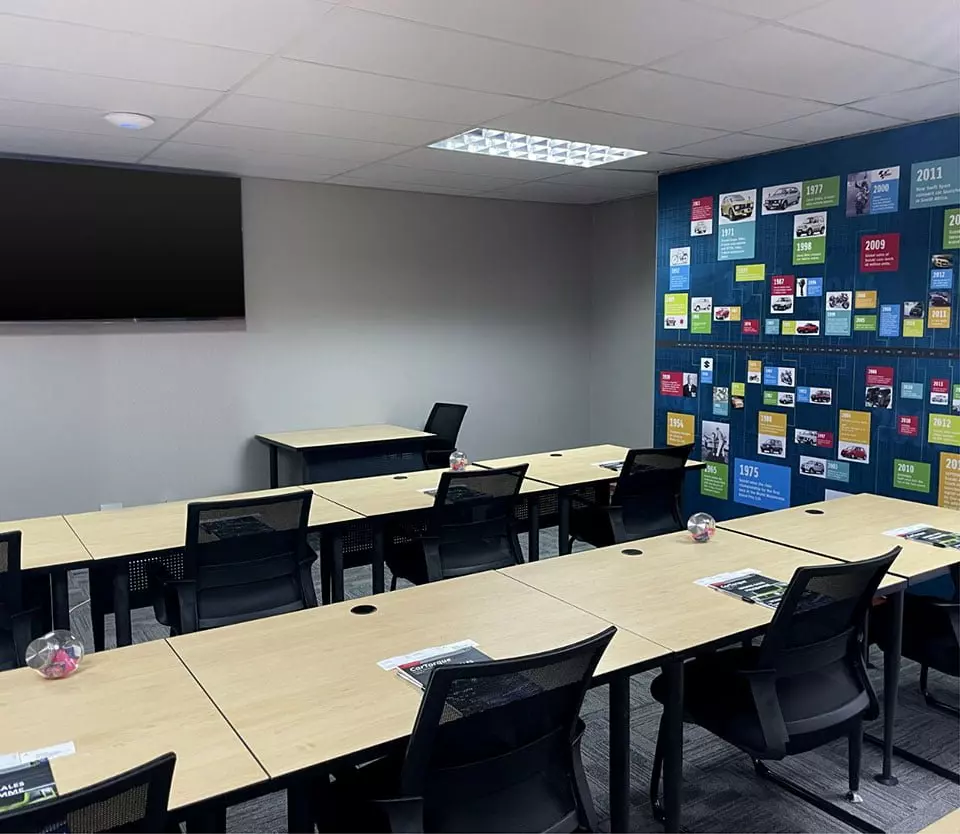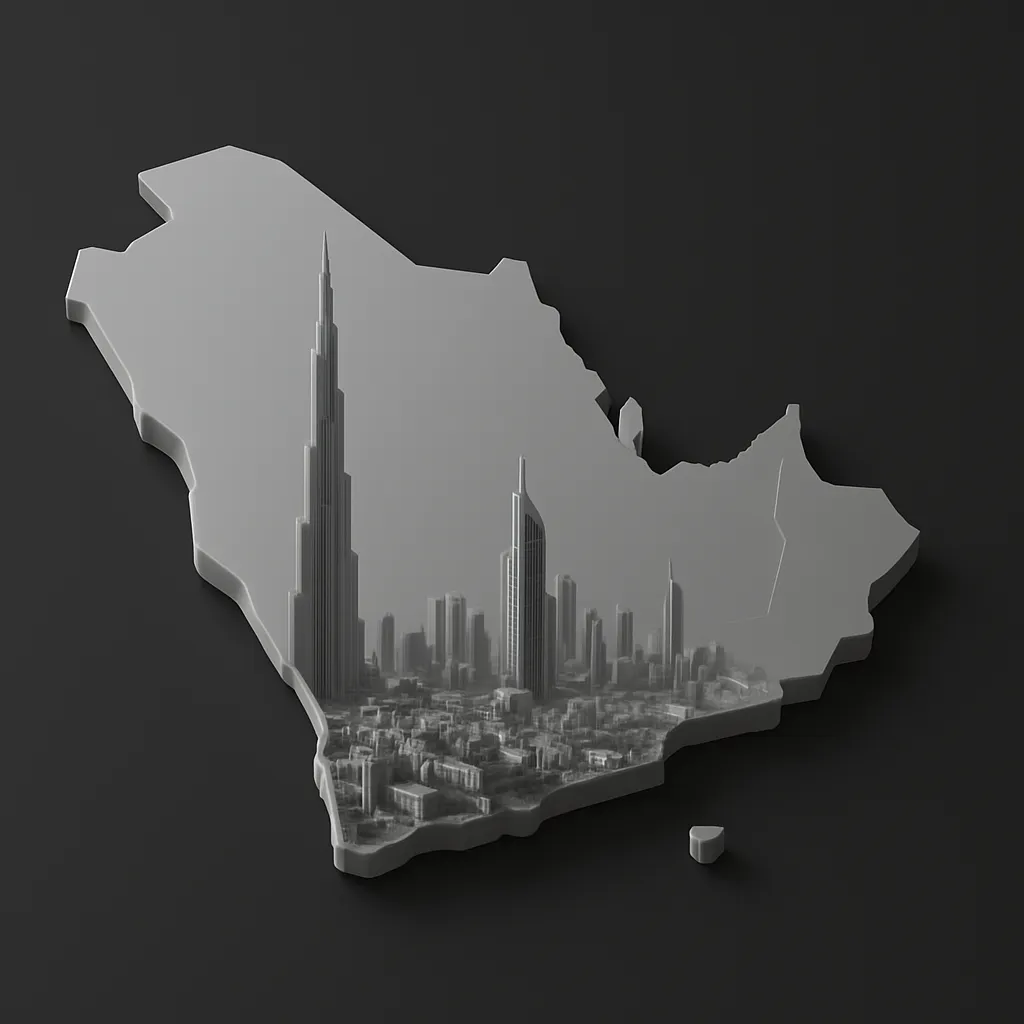
The Second Curve Mindset: How SydSen Helps Brands Navigate Disruption
In every organisation’s lifecycle, there comes a moment when the very success of its past threatens the potential of its future.
The strategies that built market share begin to stall.
The products that once set trends start blending into the noise.
The teams that executed flawlessly begin to resist change.
And suddenly, the curve of growth begins to flatten.
Welcome to the inflection point.
At SydSen, we call this the space between the first curve and the second—the difference between clinging to what worked and building what’s next.
The Second Curve Mindset is our philosophy for navigating disruption with intention, resilience, and reinvention.
In this article, we explore what the second curve means, why most businesses struggle to make the leap, and how SydSen helps companies across South Africa and the Middle East make the shift—from relevance to reinvention.
The First Curve: Comfort, Control, and Decline
The first curve represents the familiar:
-
A known market
-
A proven model
-
Established ways of working
-
Predictable performance
But every first curve has a shelf life. Markets change. Customers evolve. Technology advances. And slowly, what once worked begins to fail.
Sticking to the first curve too long creates inertia.
Changing too early feels risky.
Changing too late becomes catastrophic.
It’s not just about digital disruption—it’s about relevance erosion.
The Second Curve: Disruption, Discomfort, and Growth
The second curve represents:
-
New mindsets and capabilities
-
Organisational redesign
-
Product and service evolution
-
Rethinking leadership, culture, and customer value
It’s where bold thinking intersects with disciplined execution.
But it’s also where fear, friction, and fatigue live. Because second-curve shifts require letting go of the very things that made you successful.
“What got us here won’t get us there.”
Why the Second Curve Is Hard to Embrace
At SydSen, we’ve seen the patterns that prevent companies from making the leap:
Legacy thinking
“This is how we’ve always done it.”
Talent misalignment
Teams built for stability now face chaos.
Siloed execution
Strategy lives with leadership; change doesn’t reach the frontline.
Fear of risk
Better to optimise the old than invest in the uncertain.
Lack of clarity
No shared vision of what the second curve is—or why it matters.
The SydSen Second Curve Framework
Our consulting approach is built to help organisations transition with clarity and cohesion. We blend behavioural science, strategic advisory, cultural diagnostics, and learning to enable transformation from the inside out.
Here’s how:
1. Diagnose Where You Are
Every second curve starts with truth. We run multi-dimensional diagnostics to uncover:
-
What’s working—and what’s been over-optimised
-
Where cultural resistance lives
-
Which structures, habits, or KPIs are holding you back
-
What skills and mindsets are missing
Tools include:
-
SOCCA (SydSen Organisational Culture & Climate Assessment)
-
Stakeholder interviews and 360 feedback
-
Strategy audits and gap analyses
We don’t guess what’s broken. We reveal what’s preventing growth.
2. Design Your Second Curve Strategy
This isn’t about slogans or generic digital transformation plans. We co-create a strategy that:
-
Aligns your people, processes, and priorities
-
Evolves your operating model (not just org charts)
-
Connects cultural shifts with commercial goals
-
Defines what must be preserved, what must be reimagined
This includes:
-
Role redefinition and leadership alignment
-
New team structures and skill maps
-
Strategic narratives for internal mobilisation
We help you build a bridge between what was and what’s next.
3. Rewire the Organisation for Change
Strategy is nothing without execution. That’s why SydSen integrates with your teams to:
-
Train change agents and mid-level leaders
-
Implement blended learning and coaching
-
Align recruitment with the new curve (via SydSen Recruit)
-
Shift lead management, marketing, or customer service models (via Lead Worx and Digital)
-
Measure progress quarterly using SOCCA pulses
We ensure change happens through the business—not just around it.
Why This Matters in South Africa and the Middle East
In South Africa:
-
Businesses face rising talent mobility, regulatory shifts, and post-pandemic exhaustion.
-
The second curve requires modern leadership, retention strategy, and data-informed performance models.
In the Middle East:
-
Rapid national transformation (e.g. Vision 2030) demands business model reinvention.
-
Localisation, digitisation, and innovation cannot happen on top of legacy mindsets.
SydSen’s regional insight helps companies navigate this shift in context, not in theory.
Case Study: Second Curve in Action
Client: Multi-branch services firm in Gauteng
Challenge: Plateauing growth, high turnover, disengaged managers
Our Approach:
-
Conducted SOCCA to map hidden friction points
-
Aligned leadership around new value propositions
-
Introduced role-fit hiring models
-
Trained team leads in second-curve decision-making and accountability
-
Shifted KPIs from output-based to outcome-based
Results:
-
31% improvement in retention
-
2x increase in internal promotions
-
Sales rebounded by 18% within two quarters
They didn’t just fix the curve—they started a new one.
Second Curve Pitfalls (and How to Avoid Them)
❌ “We need change, but not too much.”
✅ Change with guardrails is still change. Clarity beats caution.
❌ “Let’s do culture after we fix structure.”
✅ Culture is structure. Delay one, and you stall the other.
❌ “People don’t like change.”
✅ People don’t like confusing change. When they understand the why, they engage.
❌ “Let’s just hire a few fresh thinkers.”
✅ You can’t outsource transformation. You have to build it from within.
Final Thought: You Can’t Ride the First Curve Forever
The world doesn’t slow down. Markets don’t wait.
And disruption doesn’t ask if you’re ready.
The second curve is coming—
The question is whether you’ll lead it or lag behind it.
SydSen helps organisations build the clarity, confidence, and capability to leap from their first curve into their future curve—with structure, speed, and sustainability.


















